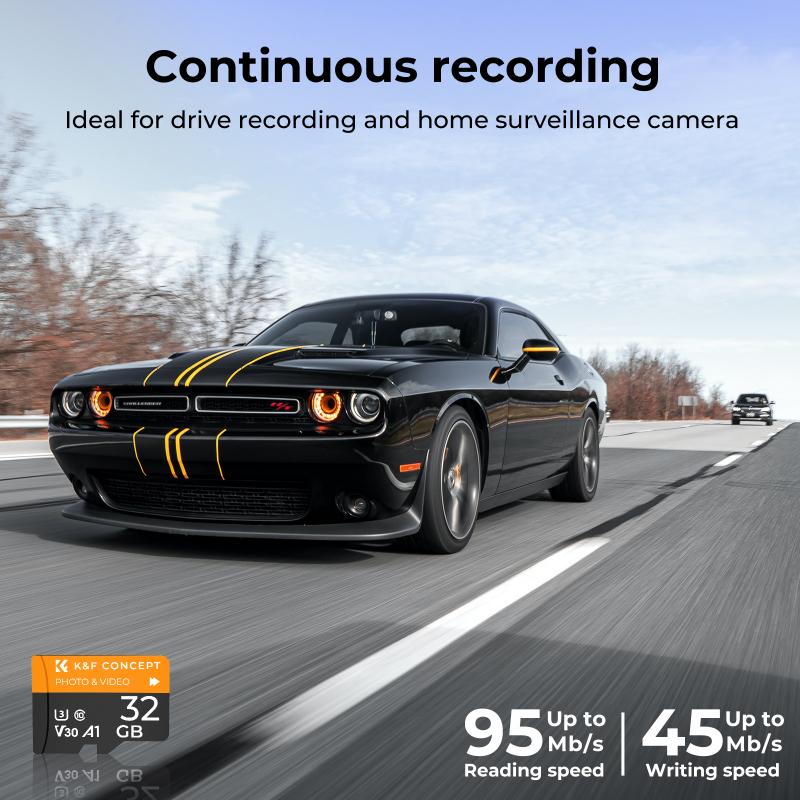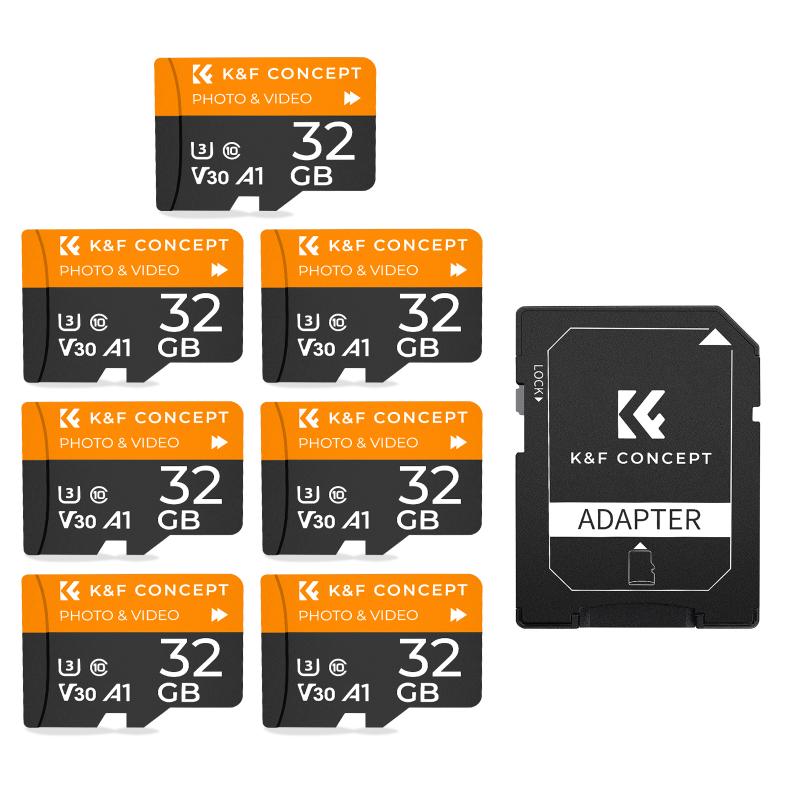How To Use Sd Card Reader On Ipad?
In today's digital age, the ability to transfer and access data seamlessly across devices is crucial. One common scenario involves using an SD card reader with an iPad. Whether you're a photographer looking to quickly review and edit photos on the go, a student needing to access project files, or a professional managing large amounts of data, understanding how to effectively use an SD card reader with your iPad can significantly enhance your productivity. This article will guide you through the process, addressing common issues and providing practical solutions.
Understanding Compatibility

Before diving into the steps, it's essential to ensure that your SD card reader is compatible with your iPad. Most modern iPads support SD card readers, but the type of connection may vary. iPads typically come with either a Lightning port or a USB-C port. Therefore, you need to choose an SD card reader that matches your iPad's port type.
1. Lightning Port: If your iPad has a Lightning port, you will need an SD card reader with a Lightning connector. Apple offers a Lightning to SD Card Camera Reader, which is a reliable option.
2. USB-C Port: For iPads with a USB-C port, such as the iPad Pro models, you will need a USB-C to SD card reader. There are several third-party options available, as well as Apple's USB-C to SD Card Reader.
Steps to Use an SD Card Reader with Your iPad

Step 1: Insert the SD Card into the Reader

Begin by inserting your SD card into the SD card reader. Ensure that the card is properly seated in the reader to avoid any connection issues.
Step 2: Connect the Reader to Your iPad

Next, connect the SD card reader to your iPad. Depending on your iPad's port type, plug the reader into the Lightning or USB-C port. Once connected, your iPad should automatically recognize the reader.
Step 3: Access Files Using the Files App
The Files app on your iPad is the primary tool for accessing and managing files on your SD card. Follow these steps:
1. Open the Files app on your iPad.
2. In the Browse tab, you should see the SD card listed under Locations. It may be labeled as "Untitled" or with the name of the SD card.
3. Tap on the SD card to view its contents. You can now browse, open, and manage the files stored on the card.
Step 4: Import Photos and Videos
If you primarily use your SD card for storing photos and videos, the Photos app offers a streamlined way to import media. Here's how:
1. Open the Photos app on your iPad.
2. Tap on the Import tab at the bottom of the screen.
3. The app will display the photos and videos available on the SD card. Select the items you wish to import.
4. Tap on Import Selected or Import All to transfer the media to your iPad's photo library.
Troubleshooting Common Issues
While using an SD card reader with your iPad is generally straightforward, you may encounter some common issues. Here are solutions to a few potential problems:
Issue 1: SD Card Not Recognized
If your iPad does not recognize the SD card reader, try the following steps:
1. Ensure that the SD card is properly inserted into the reader.
2. Disconnect and reconnect the SD card reader to your iPad.
3. Restart your iPad and try connecting the reader again.
4. Check if the SD card is formatted correctly. The iPad supports FAT32, exFAT, and HFS+ file systems. If the card is formatted in a different file system, you may need to reformat it using a computer.
Issue 2: Slow Transfer Speeds
Slow transfer speeds can be frustrating, especially when dealing with large files. To improve transfer speeds:
1. Use a high-quality SD card reader that supports fast data transfer rates.
2. Ensure that your SD card is a high-speed card (e.g., UHS-I or UHS-II).
3. Close any unnecessary apps running in the background on your iPad to free up system resources.
Issue 3: File Compatibility
If you encounter issues with file compatibility, such as being unable to open certain files, consider the following:
1. Ensure that you have the appropriate apps installed on your iPad to open the file types stored on the SD card.
2. If the file format is not supported by iOS, you may need to convert the files to a compatible format using a computer or a file conversion app.
Maximizing the Use of Your SD Card Reader
To get the most out of your SD card reader and iPad combination, consider these additional tips:
Tip 1: Organize Your Files
Keeping your files organized on the SD card can save you time and effort when accessing them on your iPad. Create folders and subfolders to categorize your files, making it easier to locate specific items.
Tip 2: Backup Important Data
Regularly backing up important data from your SD card to your iPad or cloud storage ensures that you don't lose valuable information. Use the Files app to copy files to your iPad's internal storage or to a cloud service like iCloud, Google Drive, or Dropbox.
Tip 3: Use Third-Party Apps
While the Files and Photos apps are powerful tools, there are numerous third-party apps available that offer additional features and functionality. For example, file management apps like Documents by Readdle or FileBrowser provide advanced file organization and transfer options.
Tip 4: Keep Your iPad Updated
Ensure that your iPad is running the latest version of iOS. Software updates often include improvements and bug fixes that can enhance compatibility and performance when using external accessories like SD card readers.
Using an SD card reader with your iPad can significantly enhance your ability to manage and transfer data efficiently. By following the steps outlined in this article, you can seamlessly access and import files from your SD card to your iPad. Additionally, troubleshooting common issues and implementing best practices will ensure a smooth and productive experience. Whether you're a creative professional, a student, or a business user, mastering the use of an SD card reader with your iPad opens up a world of possibilities for on-the-go data management.

There are no comments for this blog.